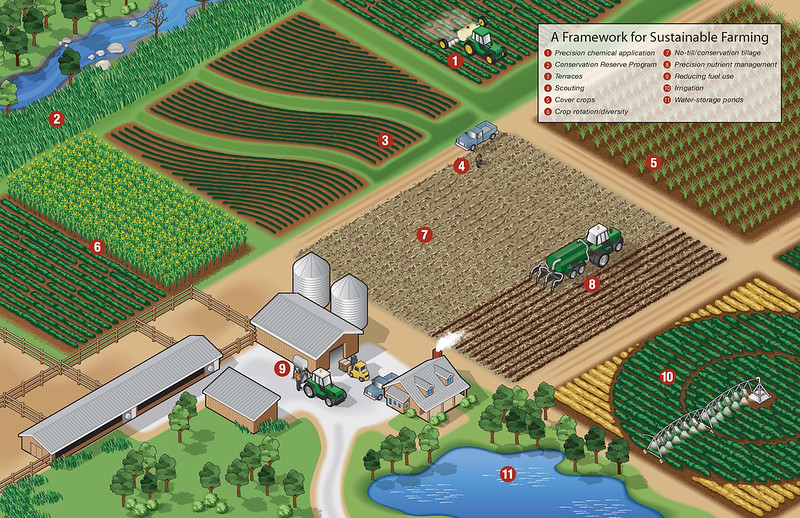Photo Credit: United Soybean Board | Flickr | CC BY 2.0
An instrumental transformation is taking place on farms and homesteads across the United States.
Moving away from the beliefs and practices of “industrial agriculture,” an increasing number of growers are choosing to forge a different path, moving toward an agricultural system that is more economically, socially, and environmentally sustainable. This sustainable production system suits operations of all sizes, using science-based practices to maximize productivity (and profit) while fostering the environment and minimizing damage.
Interested in moving towards sustainable farming? Building a sustainable farm plan is one of the most important things you can do to set yourself up for success.
What is Sustainable Agriculture?
The concept of sustainability, albeit eminently crucial to agriculture, is relatively new. In 1987, the term “sustainable development” was used for the first time in the Brundtland Report intending to put forth guiding principles to save natural resources and the environment.
Sustainable agriculture is rooted in a whole-system approach with an overall goal of continuing the land's and people's health. Instead of treating symptoms in the short term, it concentrates on long-term solutions to problems.
This type of system means a sustainable farm can be large-scale commercial operations or a small homestead to feed your family.
Three Objectives of Sustainable Farms
Sustainable agriculture has many facets but attempts to simultaneously meet three objectives: environmental conservation, economic profit, and social benefits to the farm, family, and surrounding community.
An environmentally sustainable farm follows good stewardship practices. It efficiently uses, protects, and betters the resources and natural systems it draws on while reducing the need for chemical inputs such as pesticides, herbicides, and synthetic fertilizers.
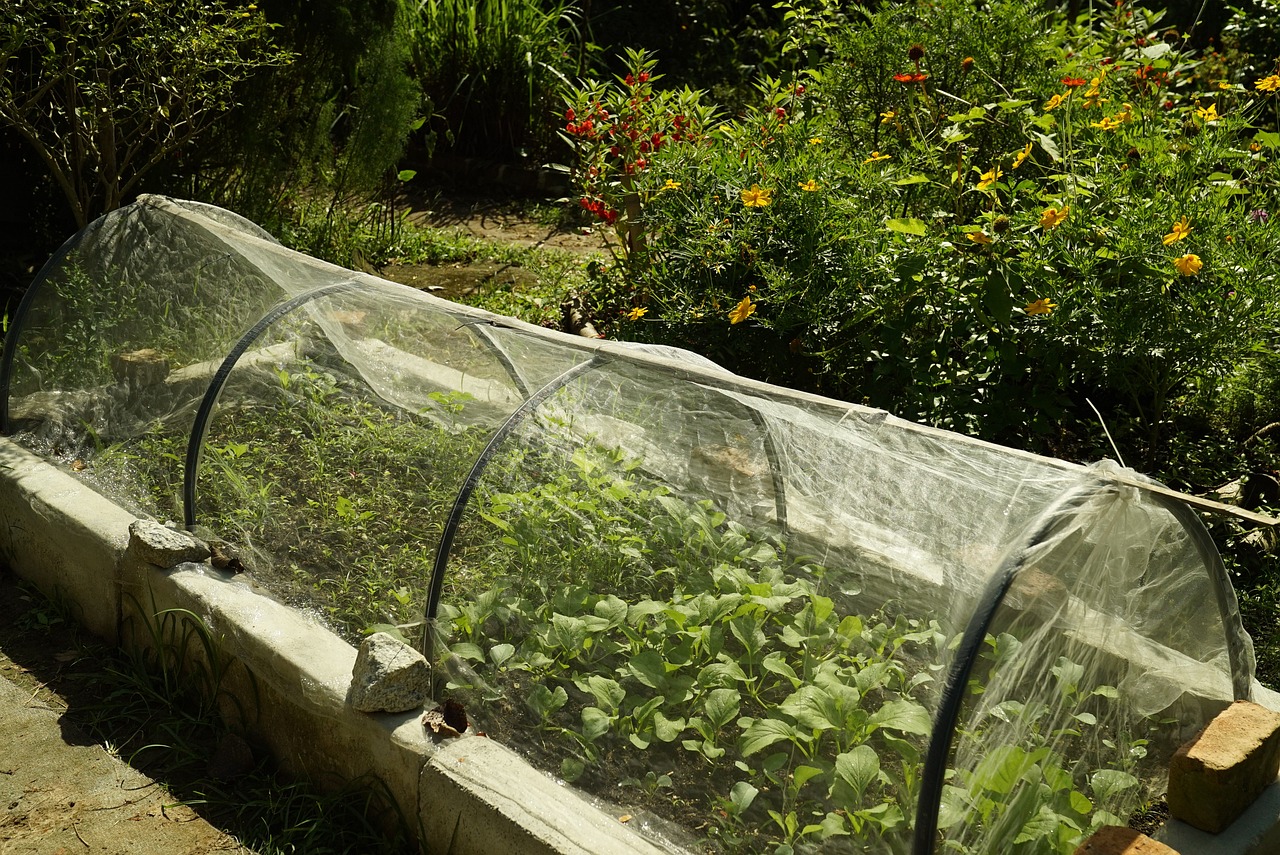 Photo Credit: pixabay
Photo Credit: pixabay
There are many ways to do this, but essential practices include:
- Building a healthy soil biome
- Recycling nutrients on the farm
- Preventing soil erosion
- Eliminating agricultural runoff
- Avoiding water pollution
- Storing carbon in the soil
- Managing water use wisely
- Promoting biodiversity
- Creating habitats for pollinators and beneficial insects
Economic and social sustainability empowers farms of all sizes to be profitable while contributing advantageously to their local economies. The goals are to support future farming generations, create access to healthy food, utilize fair labor practices, and prioritize the community and residents over corporate interests.
Establish Your Goals
First and foremost, if you want to operate a sustainable farm, regardless of size, you must sit down and identify what matters to you most. Think about what you want to farm and what you want to accomplish.
Here are some questions to ask yourself.
- Do you want to start with vegetables, grains, fruit trees, or animals like cows, pigs, chickens, sheep, goats, or bees?
- Do you want to start a small hobby farm or have a larger, profitable business?
- Will the farming operation fit your local climate and weather?
- Does your schedule provide enough time to manage the farm and meet its expected needs?
- Will your available land be large enough and suitable for the type of farming you’re considering?
- Is there a main sustainability goal you want to target? Do you want to focus primarily on soil health? Improving water use? Enhancing plant and animal biodiversity on your property?
Arm Yourself with Knowledge
Once you decide what type of sustainable farm you want and set some goals, it’s time to dig in and start learning. Gain as much knowledge as possible about the crops or animals you wish to raise.
You have almost unlimited resources to familiarize yourself with farming and sustainable techniques.
- Read knowledgeable information online.
- Listen to credible farming podcasts.
- Watch videos on starting a sustainable farm.
- Enroll in online seminars.
- Visit local farms to see practical, sustainable practices in action.
- Join online forums, social media pages, and other platforms to converse with and gain insight from other farmers.
You must understand the ins and outs of your farming system before you can break down the steps in the production plan and incorporate sustainable practices.
Develop Your Farm Plan
After you’ve established goals and started learning all you can (because, let’s face it, you’re always going to be learning as you farm), it’s time to begin building the farm production plan. A production plan will help ensure an efficient, practical operation.
Like a standard business plan, your farm plan should include a basic description of the operation, available facilities, required machinery, production methods, a complete description of the goods being produced (e.g., crops or animals), and a timeline of a year’s activities.
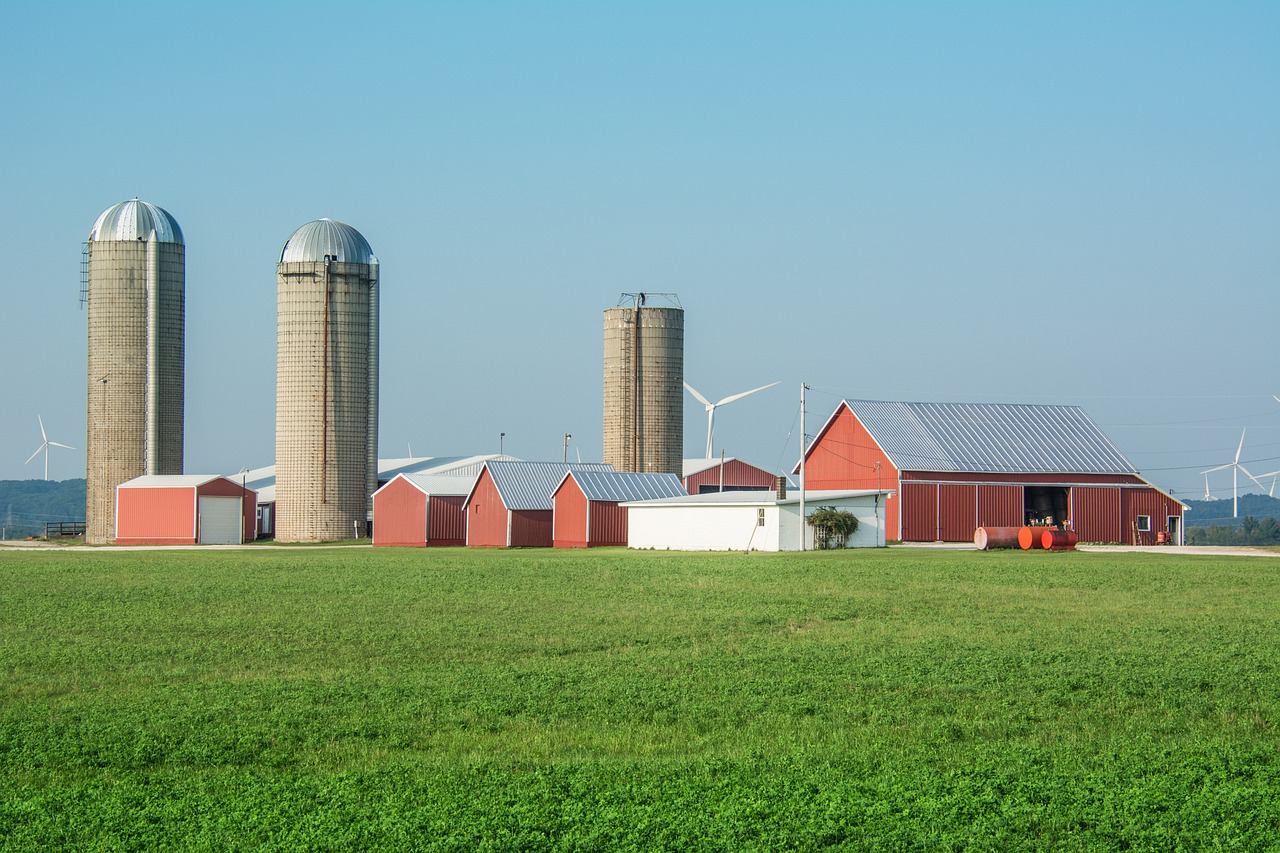 Photo Credit: pixabay
Photo Credit: pixabay
You’ll also need to consider your water source options, labor needs, and future expansion plans. Develop strategic plans for risks like drought, hail, or market failure.
After you have a basic plan, you can look at integrating sustainable practices into your operation.
Incorporate Sustainable Farming Techniques
There are many ways to weave sustainable practices into your farm system.
Many of these techniques have a shared focus on soil health. Protecting soils and fostering their microbial growth is vital to remedy many soil degradation problems from industrial agriculture. Healthy soil helps you thrive by promoting vigorous crop growth, holding water like a sponge, and preventing pollution.
Diversification is another theme connecting many of these sustainable practices. Whether that means crop diversification or diversification of techniques, the most sustainable, productive systems are complex and varied like nature.
Rotate Crops
Crop rotation is the practice of planting crops in a sequential pattern each season; the same crop isn’t allowed to inhabit one space for multiple years. From year to year, you plant crops with different characteristics to disrupt pathogens and insects and enable plants to replenish soil nutrients and microbes.
Examples in Small Farms or Homestead Gardens: Legumes (tendergreen beans, contender beans, peas) → Greens and brassicas (broccoli, cauliflower, spinach, kale, kohlrabi, cabbage, lettuce) → Fruiting vegetables (tomatoes, cucumbers, squash, pumpkins, peppers, okra, corn) → Root crops (garlic, onions, carrots, beets, radish)
Plant Green Manure Crops
Instead of leaving soils bare during the off-season, plant cover crops or green manures. These short-term plantings improve fields by preventing erosion, controlling weeds, and replenishing soil nutrients.
Example: Plant clover, winter wheat, winter rye, or hairy vetch after harvesting your field crops or garden. Then turn the plants into the ground while still green to reap the benefits in the next season.
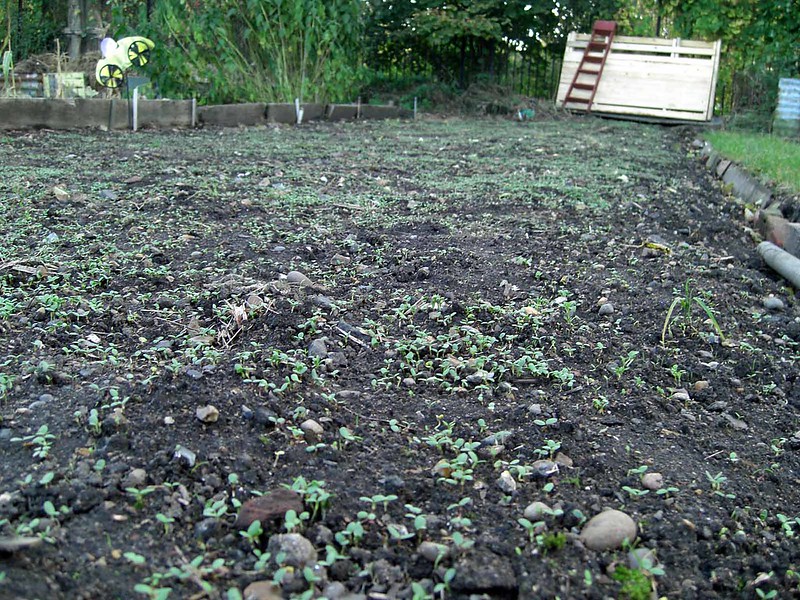 Photo Credit: Maggie Jones | Flickr
Photo Credit: Maggie Jones | Flickr
Reduce or Eliminate Tillage
Methods such as no-till or reduced-till farming involve planting seeds into minimally disturbed soil (i.e., unplowed) to improve soil health by keeping carbon in the ground, improving organic matter content, and reducing erosion.
Example: Drill no-till soybeans into a standing cereal rye cover. The rye flattens, helping to reduce weed growth and improve soil moisture.
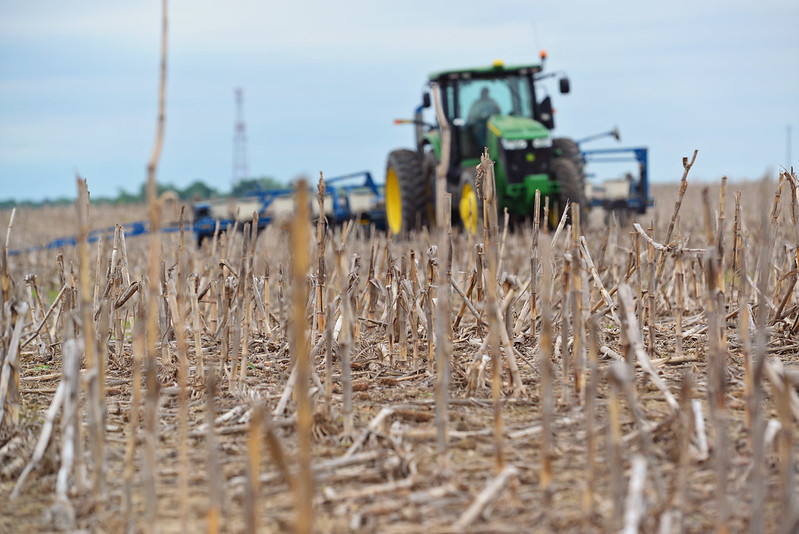 Photo Credit: United Soybean Board | Flickr | CC BY 2.0
Photo Credit: United Soybean Board | Flickr | CC BY 2.0
Utilize Renewable Energy Sources
Solar, wind, and biomass energy can be harvested endlessly, decreasing energy costs to run farms and operations. Farmers can also sell renewable energy sources as a “cash crop.”
Example: Solar heat collectors can be used to dry grain crops or warm greenhouse and livestock buildings.
 Photo Credit: Wallpaper Flare
Photo Credit: Wallpaper Flare
Implement Integrated Pest Management (I.P.M.)
A crucial way to improve sustainability on your farm is to follow the integrated pest management method. This technique integrates several approaches to prevent insect pests or reduce their populations to acceptable levels. In turn, the reliance on and use of chemical controls decreases dramatically.
Example: Use companion planting in your garden, growing marigolds to repel insect pests like aphids and cabbage moths naturally. Adjust planting dates to avoid crests in pest lifecycles where infestations are high.
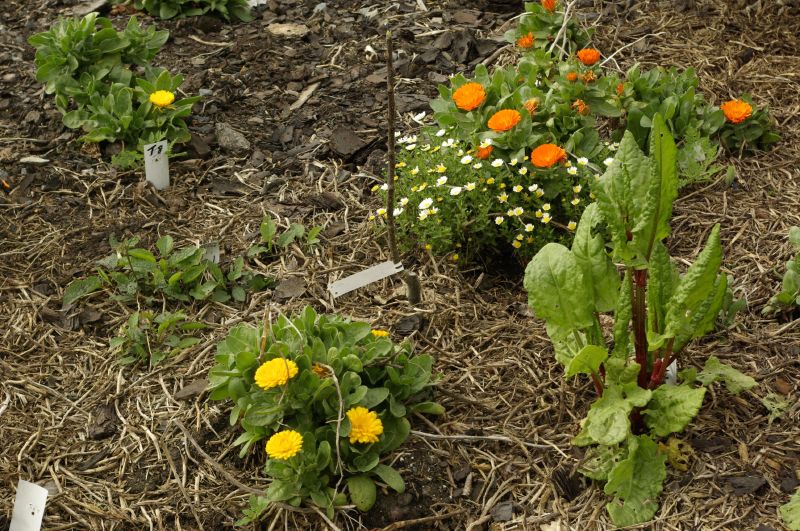 Photo Credit: Samuel Mann | Flickr | CC BY 2.0
Photo Credit: Samuel Mann | Flickr | CC BY 2.0
Choose Native Plants
Plants are considered native to an area if they grew naturally in a particular region or ecosystem without being introduced from elsewhere. Native plants thrive in your area, often need fewer inputs, and typically have fewer pest and disease problems.
Example: Use lowland native grass mixture or upland native grass mixture for grazing livestock or increasing wildlife habitat. Plant all perennial wildflower mix or native wildflower and forbes mix close to your garden or crops to draw in pollinators.
Buy Sustainable Seed
Purchasing seed products labeled as sustainable is another technique for increasing your farm’s sustainability. Sustainable seed is gathered from organic, non-genetically modified plants, so it depends on classical breeding to develop preferred traits. Plants grown from this type of seed will generate fertile seeds that you can use to grow more plants.
Example: Plant bee clover mix around crops to promote bee and other insect pollinators, or convert 10-35% of your pasture acres to upland or lowland native grass mix.
Employ Polyculture Farming
Instead of relying on monocultures, grow multiple crops in a single area of your farm to improve biodiversity and soil health. It’s best when these species complement one another and fully utilize available resources. The increased biodiversity makes your farming system more resilient to weather fluctuations and helps preserve soil fertility.
Example: The historical practice of growing “the three sisters” (corn, squash, and beans) together in the same garden plot.
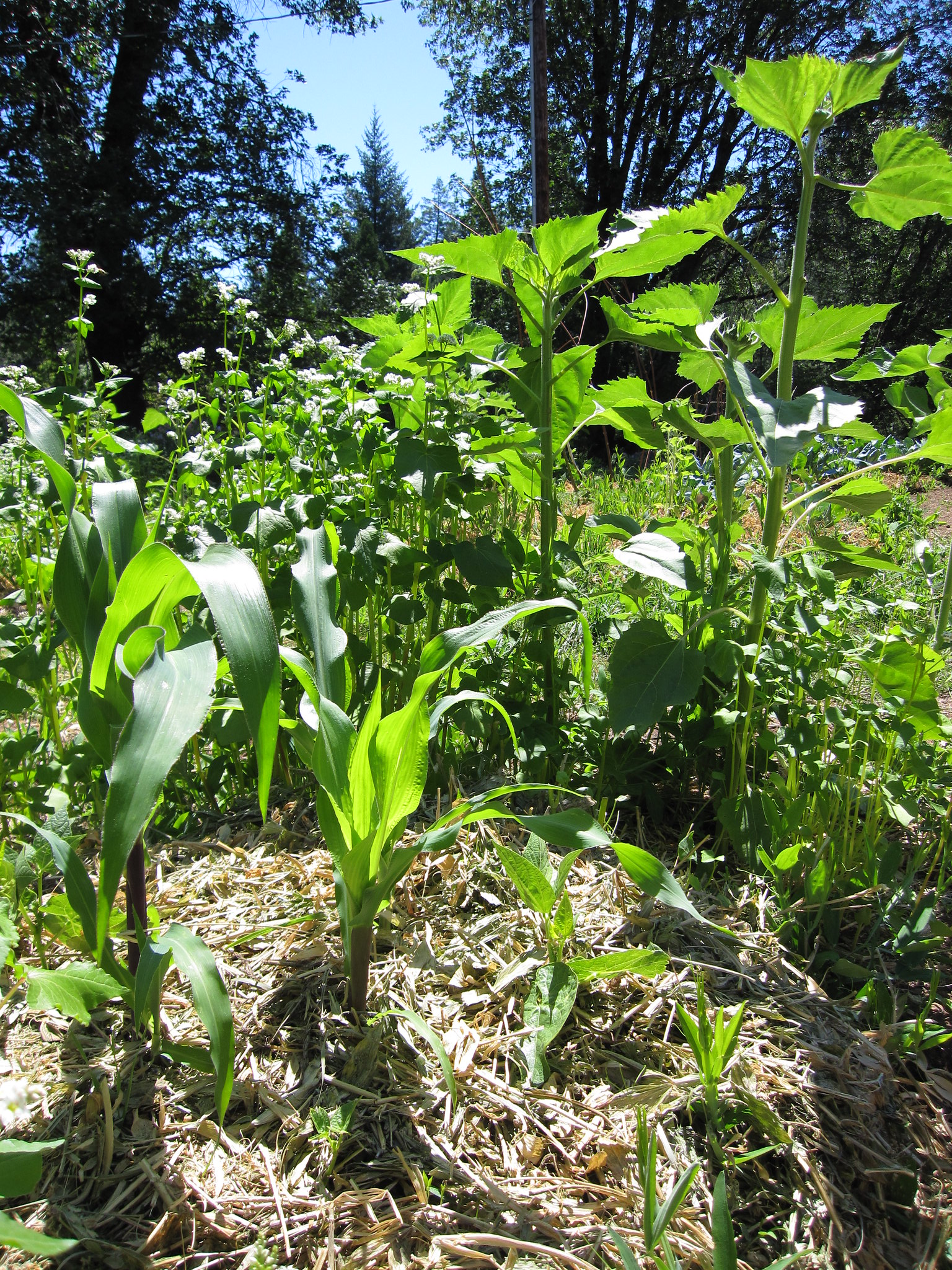 Photo Credit: fishermansdaughter | Flickr | CC BY 2.0
Photo Credit: fishermansdaughter | Flickr | CC BY 2.0
Integrate Crops and Livestock
Industrial agriculture often gravitates toward keeping plant and animal production separate. Crops are grown away from copious manure producers, and animals are raised far from where their feed is grown. Integrating the two improves diversification and reduces animal feed costs, machinery inputs, and labor.
Example: Grazing sheep in vineyards or orchards for weed control and soil enrichment or grazing cattle on a forage cover crop instead of mowing it to reduce soil compaction and greenhouse gas emissions from diesel exhaust.
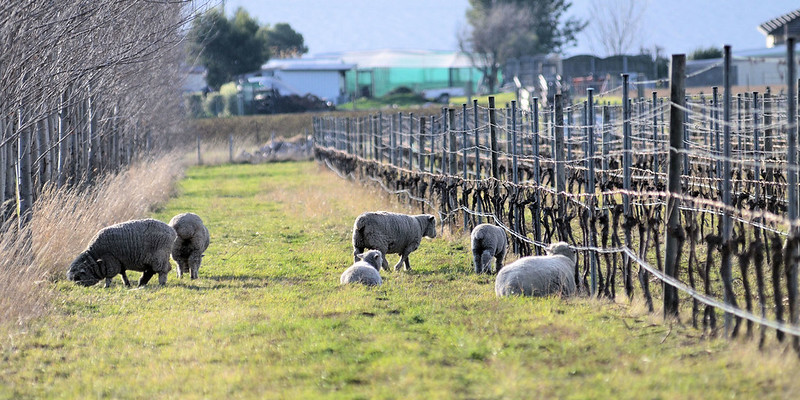 Photo Credit: Stefano Lubiana | Flickr | CC BY 2.0
Photo Credit: Stefano Lubiana | Flickr | CC BY 2.0
Managed Grazing
This technique is an excellent practice for pasturing livestock and allows grazed areas to build soil organic matter, reduce infestation of invasive plants, and sequester large amounts of carbon. Managed grazing implements the strategic adjustment of stocking rates, timing, and grazing intensity to mimic natural animal grazing patterns in the wild.
Example: Divide pastures into smaller paddocks, rotating animals through the paddocks as a large group.
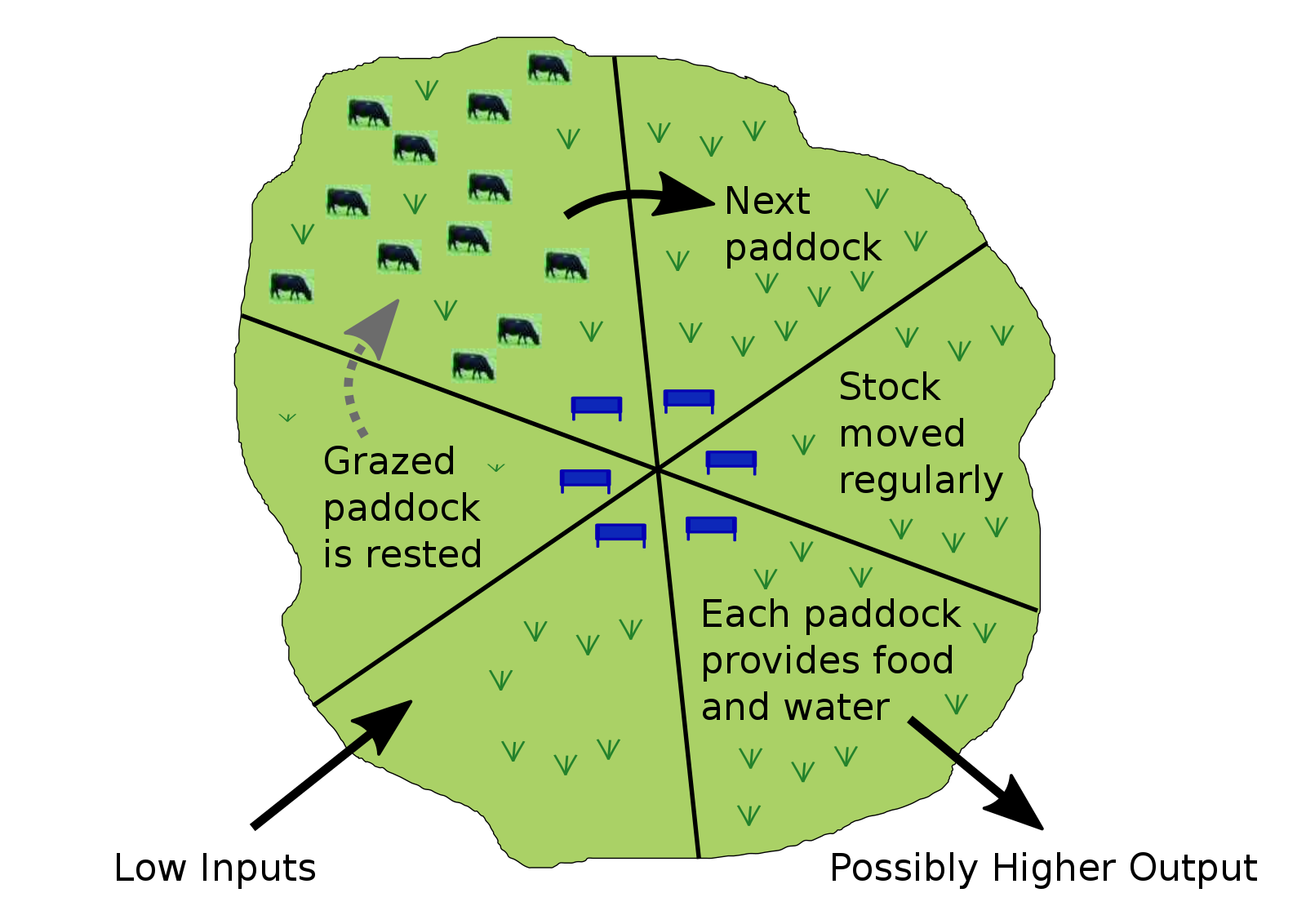 Photo Credit: Wikimedia Commons
Photo Credit: Wikimedia Commons
Agroforestry
This technique combines crop, livestock, and forestry practices to promote soil health and protect crops. The trees provide cover for farm crops protecting them from wind or heavy rain and creating a microclimate with a favorable temperature. They also stabilize soil with their roots, minimize nutrient runoff, and help improve soil structure.
Example: Planting woody plants on the edge of your garden to create windbreaks that help improve pollination. Intercrop row crops or forages in wide alleyways between rows of closely spaced trees.
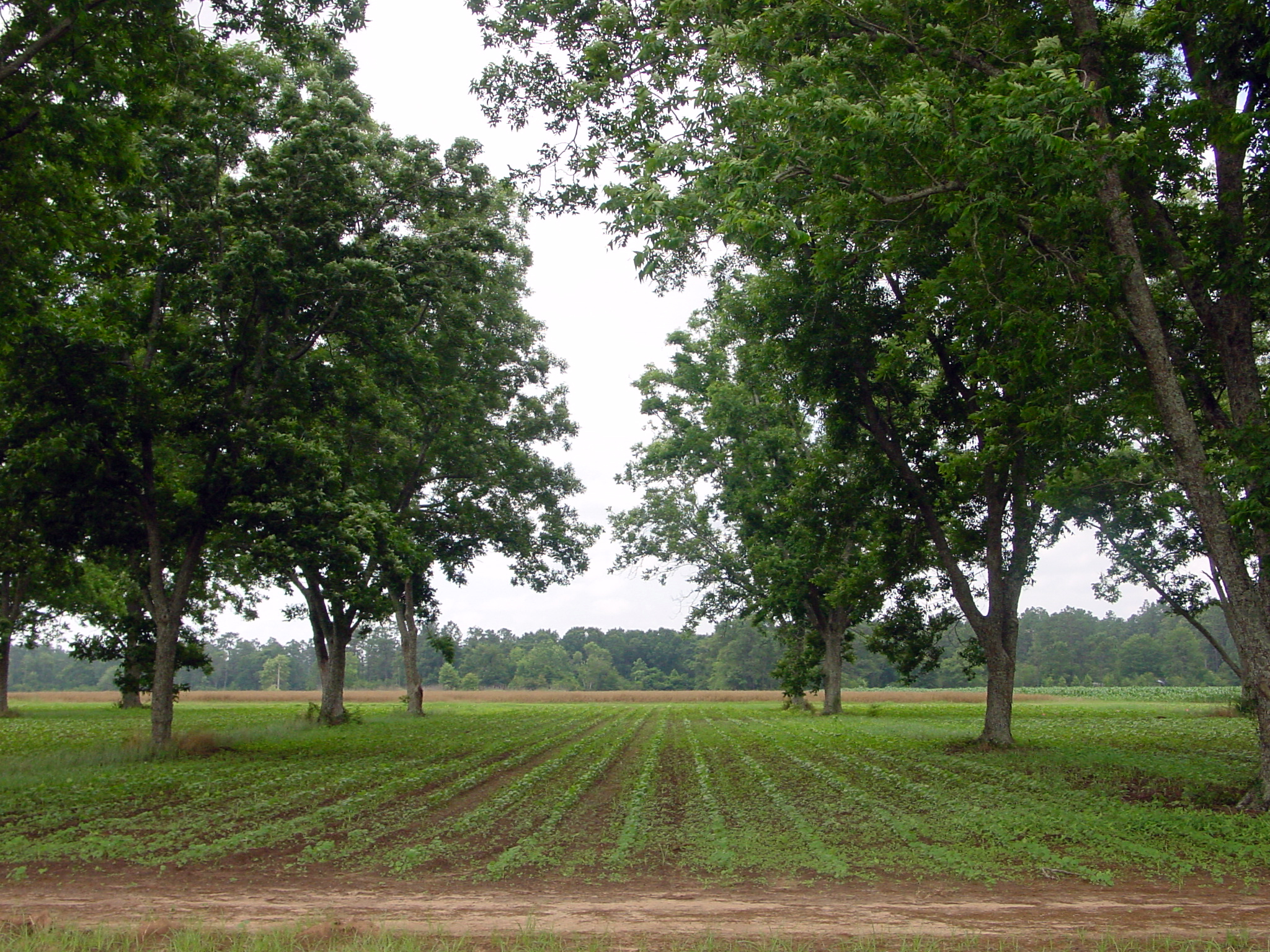 Photo Credit: Wikimedia Commons
Photo Credit: Wikimedia Commons
Sustainable Farming is Essential
To keep producing food and textiles, we must cherish our resources and take care of them. Whether trying to feed your family or hoping to sell to local restaurants and clientele, choosing sustainable practices benefits your operation, the environment, and the local community.
Even small steps make a difference, so keep making sustainable choices! Call us if you need help choosing seeds for cover crops or picking plants for a polyculture system. Our experts are here to help!
Additional Resources:
- Interested in starting your own farm? The USDA offers help and resources to beginning farmers and ranchers.
- Sustainable agriculture encompasses many aspects we didn’t touch on in our article. For more information, look through the topics presented by UC Davis’ Sustainable Agriculture Research & Education Program.
- Use these five tips from the USDA to go from no-till-curious to no-till-wizard.



